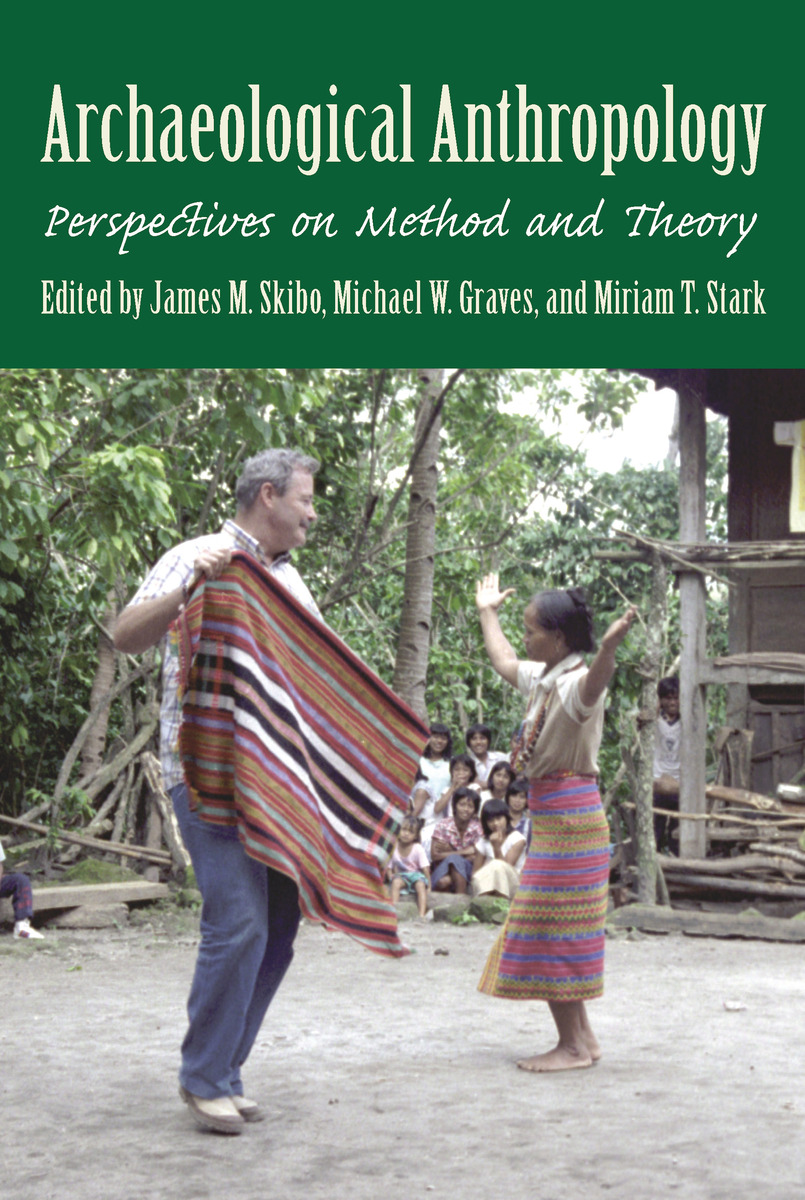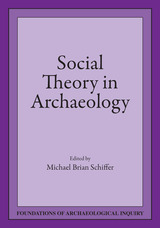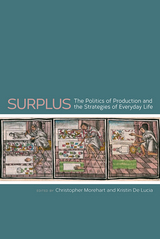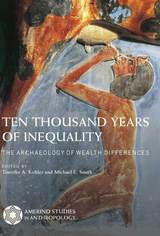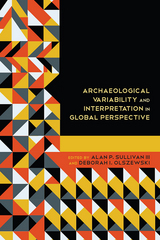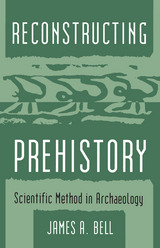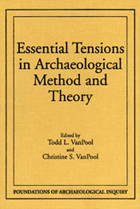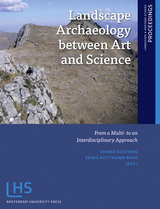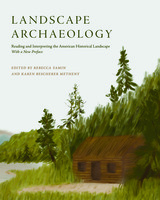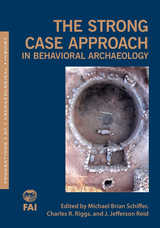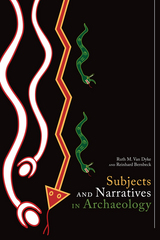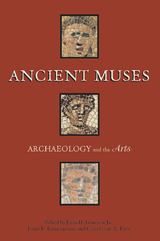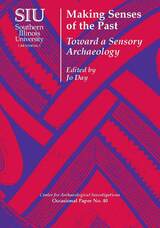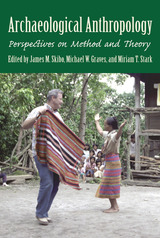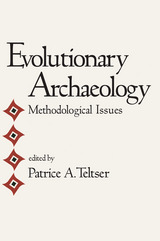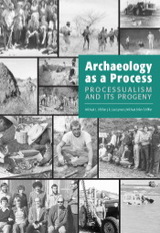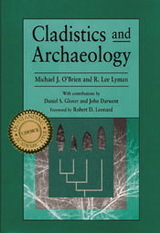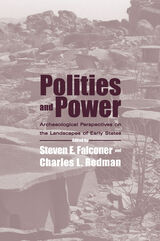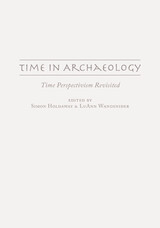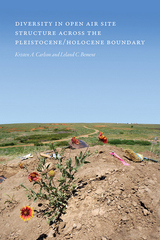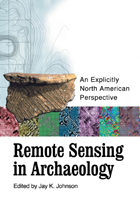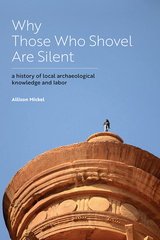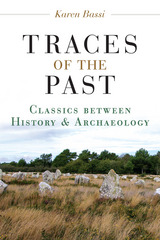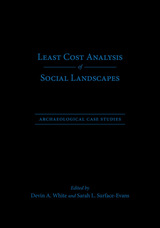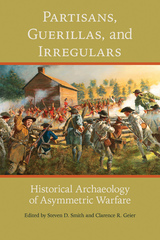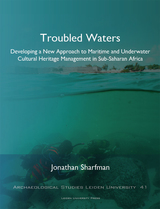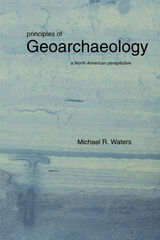Archaeological Anthropology: Perspectives on Method and Theory
University of Arizona Press, 2014
eISBN: 978-0-8165-4509-4 | Cloth: 978-0-8165-2517-1 | Paper: 978-0-8165-3555-2
Library of Congress Classification CC75.7.A71855 2007
Dewey Decimal Classification 930.1
eISBN: 978-0-8165-4509-4 | Cloth: 978-0-8165-2517-1 | Paper: 978-0-8165-3555-2
Library of Congress Classification CC75.7.A71855 2007
Dewey Decimal Classification 930.1
ABOUT THIS BOOK | AUTHOR BIOGRAPHY | TOC
ABOUT THIS BOOK
For centuries, the goal of archaeologists was to document and describe material artifacts, and at best to make inferences about the origins and evolution of human culture and about prehistoric and historic societies. During the 1960s, however, a number of young, primarily American archaeologists, including William Longacre, rebelled against this simplistic approach. Wanting to do more than just describe, Longacre and others believed that genuine explanations could be achieved by changing the direction, scope, and methodology of the field. What resulted was the New Archaeology, which blended scientific method and anthropology. It urged those working in the field to formulate hypotheses, derive conclusions deductively and, most important, to test them. While, over time the New Archaeology has had its critics, one point remains irrefutable: archaeology will never return to what has since been called its “state of innocence.”
In this collection of twelve new chapters, four generations of Longacre protégés show how they are building upon and developing but also modifying the theoretical paradigm that remains at the core of Americanist archaeology. The contributions focus on six themes prominent in Longacre’s career: the intellectual history of the field in the late twentieth century, archaeological methodology, analogical inference, ethnoarchaeology, cultural evolution, and reconstructing ancient society.
More than a comprehensive overview of the ideas developed by one of the most influential scholars in the field, however, Archaeological Anthropology makes stimulating contributions to contemporary research. The contributors do not unequivocally endorse Longacre’s ideas; they challenge them and expand beyond them, making this volume a fitting tribute to a man whose robust research and teaching career continues to resonate.
In this collection of twelve new chapters, four generations of Longacre protégés show how they are building upon and developing but also modifying the theoretical paradigm that remains at the core of Americanist archaeology. The contributions focus on six themes prominent in Longacre’s career: the intellectual history of the field in the late twentieth century, archaeological methodology, analogical inference, ethnoarchaeology, cultural evolution, and reconstructing ancient society.
More than a comprehensive overview of the ideas developed by one of the most influential scholars in the field, however, Archaeological Anthropology makes stimulating contributions to contemporary research. The contributors do not unequivocally endorse Longacre’s ideas; they challenge them and expand beyond them, making this volume a fitting tribute to a man whose robust research and teaching career continues to resonate.
See other books on: Archaeology and history | Ethnoarchaeology | Method | Perspectives | Social archaeology
See other titles from University of Arizona Press
